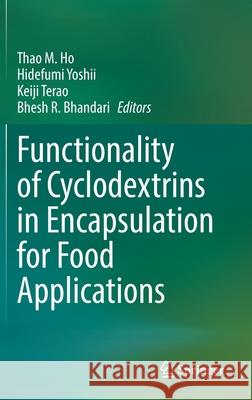Functionality of Cyclodextrins in Encapsulation for Food Applications » książka
topmenu
Functionality of Cyclodextrins in Encapsulation for Food Applications
ISBN-13: 9783030800550 / Angielski / Twarda / 2021 / 372 str.
Functionality of Cyclodextrins in Encapsulation for Food Applications
ISBN-13: 9783030800550 / Angielski / Twarda / 2021 / 372 str.
cena 602,40
(netto: 573,71 VAT: 5%)
Najniższa cena z 30 dni: 578,30
(netto: 573,71 VAT: 5%)
Najniższa cena z 30 dni: 578,30
Termin realizacji zamówienia:
ok. 22 dni roboczych
Dostawa w 2026 r.
ok. 22 dni roboczych
Dostawa w 2026 r.
Darmowa dostawa!
Kategorie:
Kategorie BISAC:
Wydawca:
Springer
Język:
Angielski
ISBN-13:
9783030800550
Rok wydania:
2021
Wydanie:
2021
Ilość stron:
372
Waga:
0.67 kg
Wymiary:
23.39 x 15.6 x 2.06
Oprawa:
Twarda
Wolumenów:
01
Dodatkowe informacje:
Wydanie ilustrowane











